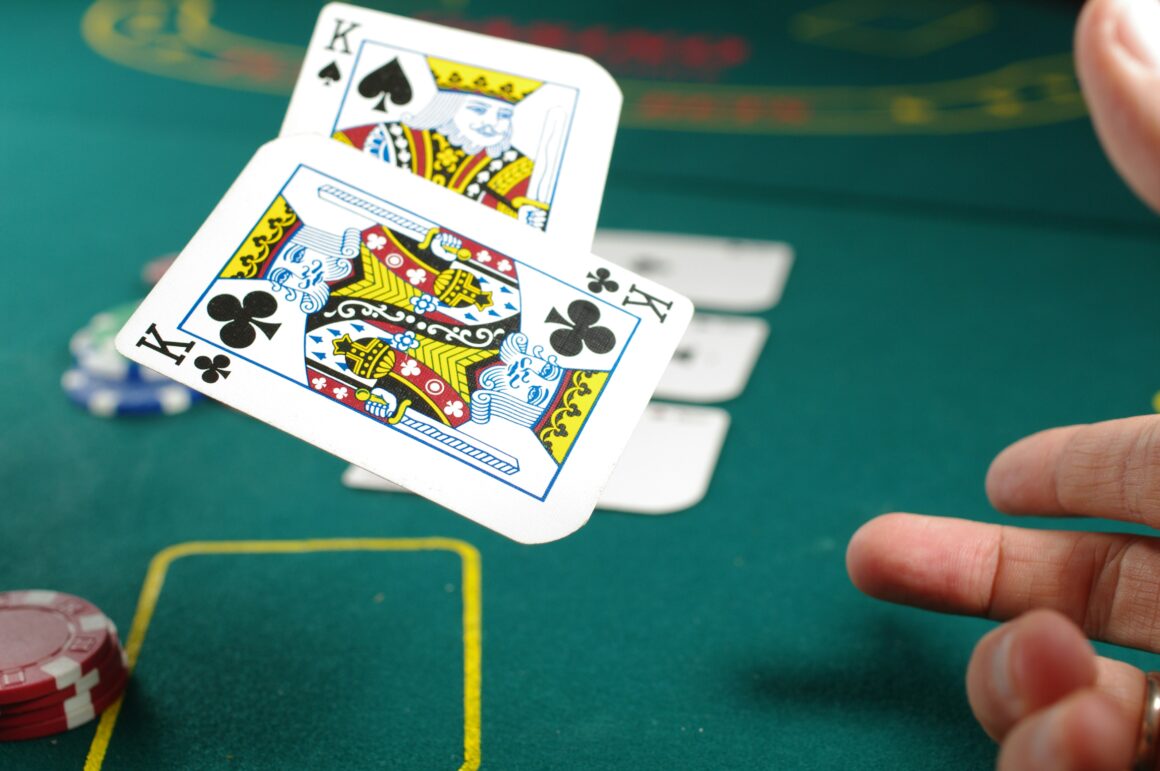
Photo via screenrant.com
WARNING – ORANGE IS THE NEW BLACK SPOILERS
Orange is the New Black is a Netflix original comedy-drama series which is loosely based on the memoir of Piper Kerman, ‘Orange is the New Black: My Year in a Women’s Prison’. The series is focused around the inmates of a minimum security female prison (‘Litchfield prison’) in the state of New York, in the United States – their activities in the prison and the back stories of many inmates have so far been revealed, along with some background and current activity of the prison workers, like guards and wardens. OITNB is a very well-rounded show, with comedy, heart-wrenching and heart-warming moments, tragedy, and a lot of drama. The show itself has won an insane amount of awards since it was first aired in July 2013, including a Critics’ Choice Award, and several actors on the show have received awards for their performances on the show, such as Uzo Aduba’s Emmy Award for Outstanding Guest Actress. The fourth season was released exclusively on Netflix on Friday, 17th June 2016, and it is the talk of the town across the world as everyone scrambles to their screens to get to the season finale.
So, it has credibility in its writing, actors, delivery, critic ratings and public ratings. It is doing better than the majority of TV programmes out there are. However, there is more to it than being an established and successful programme… Although the characters and plotlines at this point are practically fictitious, there is more truth in it than there is in any other ‘fictional’ programme running at this point in time.
Orange is the New Black represents a part of society that has never been represented before. Of course, programmes and films about men’s prison have appeared previously, but this is the first time that the world is getting a look in to the workings of women’s prison. On top of that, it’s (although not entirely) based on a woman’s actual experience of US women’s prison, so there is absolutely no sugar-coating, no romanticising… it’s an awful place to be, and that is conveyed in every character, in every series of the programme.
Orange Is the New Black is also arguably the best representation in a TV programme that LGBTQ women have ever received. Of course, there’s ‘The L Word’, but that’s not quite the same thing, considering it’s targeted at the LGBTQ community, which is a more niche audience than the wider reach of OITNB. This programme proves that LGBTQ females come in all shapes and sizes, from Brook Soso to Carrie ‘Big Boo’ Black to Suzanne Warren. The LGBTQ community is much wider and much more diverse than just the ‘GIRLSONGIRLS’ Twitter stereotypes and the ‘butch lesbian’ tropes.
Orange Is the New Black has POC representation like no other US TV show does, too. While in the majority of US TV shows, the amount of POC characters that frequently appear could most likely be counted on one hand, in OITNB, there are actually more recurring POC characters than there are recurring white ones. With extensive representation of Hispanic women and black women, the show, similar to its LGBTQ representation, shows that POC are not just stereotypes, they aren’t all similar.
The other unique feat Orange is the New Black shows off is the fact that not all stories in the show have happy endings. In fact, less than half of them do. Hollywood likes to paint this sheltered picture that no matter how bad things get, the ending will always be happy. Orange Is the New Black is much more realistic than the average Hollywood production because it’s honest – not everyone can have a happily ever after.
Despite all this, there is one thing that Orange Is the New Black says about the US that everyone should be listening to above all else.
The fact that women are treated awfully by those in positions of authority.
In series 4 of the show, new prison guards or ‘correction officers’ are introduced, while almost all of the previous ones previously left the prison. A new ‘captain of the guard’ is also appointed. These guards do not treat the inmates like people. They shove them around, deny them of food, show no consideration to the overwhelming overcrowding situation the prison faces, and touch the inmates inappropriately in body searches, delivering inappropriate comments, too. There is only prison worker in the whole of Litchfield recognises that effective prison work is not done by treating the prisoners like rabid animals that should be held down, but by treating the inmates like people (Caputo. Shouts out.). They’ve committed crimes, but they’re people. They experience hunger and thirst and pain and compassion and intellect like everyone else in society. These guards in series 4 did not treat the women in the prison with regard to this fact.
In the recent season, the new guards were moderately violent to the women, which was expected, and it remained that way. However, throughout the season, their horrific behaviour escalated. By the end of the season, one of the guards had forced an inmate to choose between eating a live mouse or dead flies by putting a gun to her head; another guard had made a woman stand on a table until her legs would give for refusing to comply to his orders that would control what she did with her body, and refused to let anyone to provide her with food or drink (for which the inmate who had provided it would join her on the table); also, a guard practically forced two of the inmates to physically fight so he could laugh at it and place bets on who would win with his fellow guards. Finally, an inmate was pinned down because she merely tried to reach another inmate across the room, and she ended up being suffocated and dying. The prison guards have also clearly watched and heard certain inmates use racist, transphobic and ableist slurs and even try to attack other inmates, but chosen to think that it doesn’t matter and almost completely ignored it at times.
The significance of these disgusting actions transcends the fact that they, themselves, were disgusting. These men thought that they had the right to treat people like they were scum on the ground, which is unacceptable on many levels. Beyond that, the people that were targeted were more vulnerable than many members of society.
Maritza Ramos, who was held at gun point and forced to eat a live mouse or a collection of dead flies, was a young Latin-American woman, specifically of Puerto Rican descent.
The woman who was made to stand on a table with no food or drink until she could not hold herself up any more was also a Latin-American woman, Blanca Flores, a person who, although sufficiently skilled at English, was obviously more fluent in Spanish. People often confuse language barriers with unintelligence, putting Flores at a more extreme disadvantage.
The person who was made to fight was Suzanne Warren. It is widely believed that Suzanne has a mental disability, although it has not been named. The guard referred to her with an ableist slur before asking if anyone would volunteer to fight her. Suzanne Warren was also African-American, making her more of a target to the taunting white male guard. In addition, the person who ended up fighting her was her female previous love interest, and the vulnerability that was added to the situation by both of the inmates being LGBTQ only seemed to egg the guard on more.
Lastly, the girl who was killed by being pinned down and suffocated was also African-American. Her name was Poussey Washington. She was also in a sexual minority, and had publicly been seeing another female inmate during the 4th series. What’s more, her body lay on the cafeteria floor for hours and hours after she was deceased, and the prison’s authority members did not allow the warden to call the police or the coroners for those many hours. The warden also had to make an appearance on public television announcing her death, in which the prison authorities scripted his speech to not even include her name. This caused a riot among the entirety of the prison. The outcome of this riot is yet to be discovered, in the next season.
It is not a coincidence that the 4 people who were under specific attack from the CIS white male prison guards were all POC, and 2 of those people were queer.
With any other TV show, when something shocking happens, you can turn off your screen and reassure yourself by thinking it’s not real. Well, with Orange Is the New Black, it is real, and turning off Netflix will not allow you to avoid that.
Although Maritza Ramos, Blanca Flores, Suzanne Warren and Poussey Washington are fictional characters, similar acts of violence and misconduct are occurring against women all around the US. US police officers are infamous for treating women with no respect, dignity or care, especially when it comes to women in racial minorities in the country. In fact, Poussey Washington’s nameless death was surprisingly similar to the tragedy where police officers killed a black woman, Sandra Bland, provoking a ‘#SayHerName’ movement, along with an identically-named Twitter hashtag which dozens of thousands of people have used and reused. To add to this, LGBTQ people have been statistically confirmed as the most targeted group in the United State for hate crime, as of 2014.
So, we should all be paying attention to Orange Is the New Black, and we should all be watching every second of it. OITNB not only shows that the spectrum of women in the US is diverse, but also that many people on that spectrum are being harmed by official members of authority who have a legal right to act on things violently. Black people are being senselessly killed, LGBTQ people are being attacked while the authorities refuse to even admit that these attacks are hate crimes against them, and women in general are not treated with respect. They are treated like they’re less than people by the workers who are supposed to recognise that everyone should be treated fairly. Orange Is the New Black is not afraid to portray that.
If you want a look in to life in the US for the persecuted woman, or even just the ordinary woman… look to this programme.


